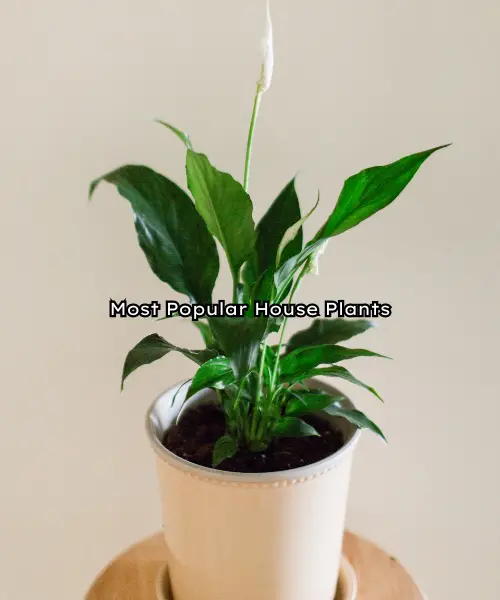Adding plants to your living areas has several advantages that go beyond just aesthetics.
Not only do house plants add vibrancy and life to a room, but many varieties also help purify the air, boost your mood, and create a sense of tranquility.
With so many wonderful options to choose from, it can be overwhelming to decide which indoor plants are right for your home.
To help narrow down the choices, we’ve compiled a list of some of the most popular house plants, along with their key characteristics and care requirements.
7 Of The Most Popular House Plants
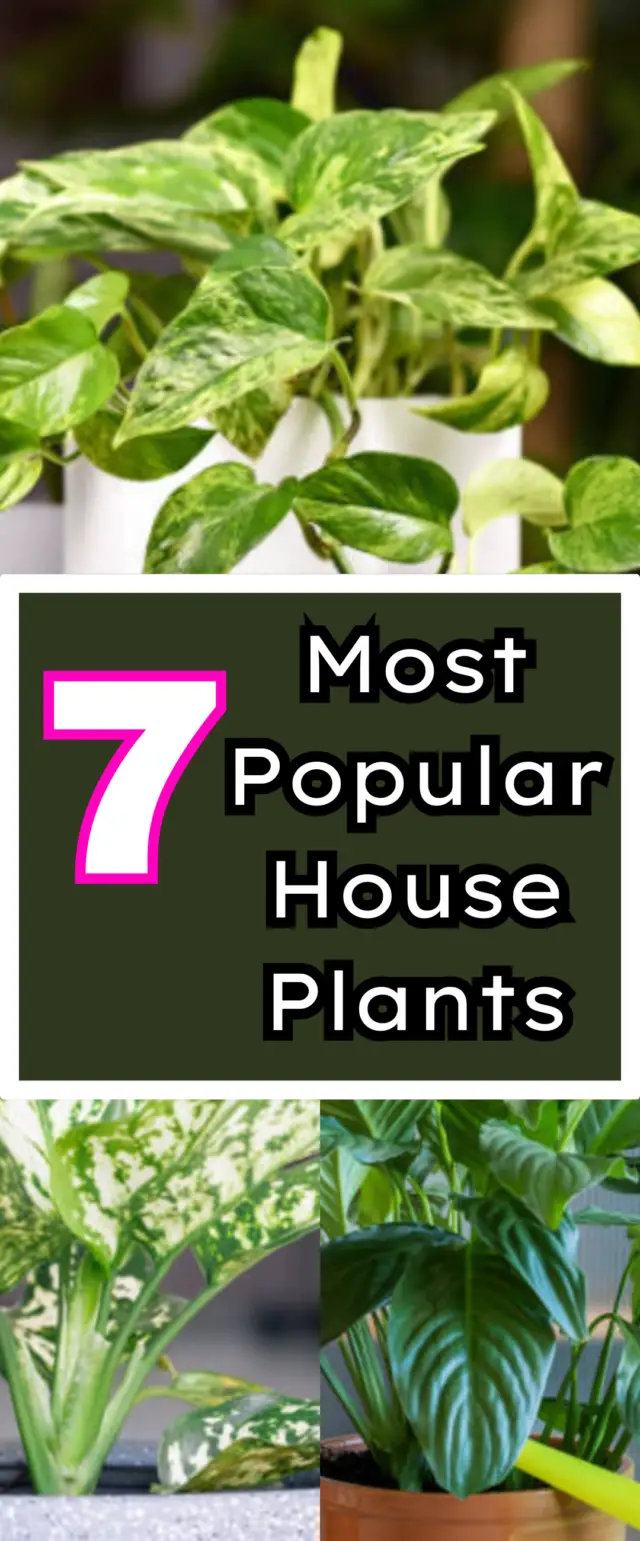
Most Popular House Plants
1. Snake Plant (Sansevieria Species)
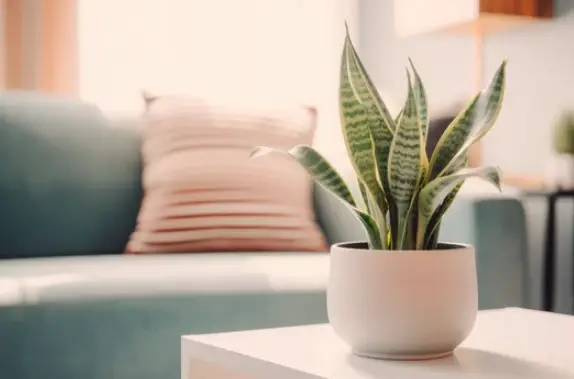
Snake Plant
Arguably one of the most low-maintenance plants you can grow indoors, the snake plant is an excellent choice for those who don’t have much of a green thumb. This hardy succulent features striking upright leaves that can grow several feet tall, adding height and texture to your décor. Snake plants thrive in a wide range of lighting conditions, from bright, indirect light to low-light environments, making them suitable for virtually any room. They’re also very drought-tolerant and only need to be watered every 2–3 weeks, so you don’t have to worry about frequent watering.
2. Pothos

Epipremnum aureum
With its trailing vines and heart-shaped leaves, the pothos is a classic hanging basket plant that instantly brightens up any space. One of the best features of this plant is its ability to thrive in less-than-ideal conditions; it can tolerate low light levels and inconsistent watering, making it a great option for busy plant owners or dimly lit rooms. The golden pothos variety features gorgeous marbled, yellow-green foliage, while other cultivars like neon pothos bring an extra pop of color with bright chartreuse leaves. Pothos plants can grow incredibly long vines, so be sure to provide a trellis or stake for support as needed.
3. ZZ Plant
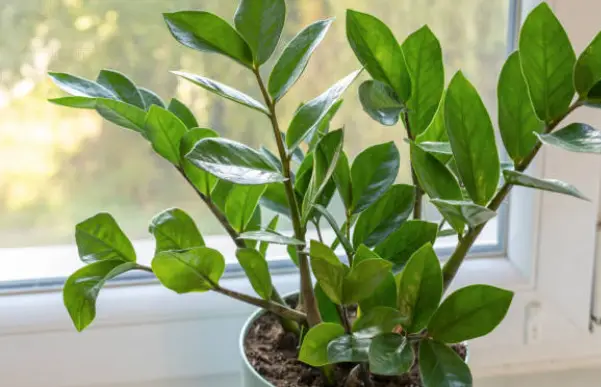
Zamioculcas zamiifolia
If you’re looking for an extremely low-maintenance plant, look no further than the ZZ plant. With its glossy, waxy leaves and thick potato-like rhizomes, this unique plant can go weeks and even months without water once it is established. The ZZ plant is considered one of the toughest house plants and can handle a wide range of lighting conditions, from bright, indirect light to low-light environments. While its growth may slow in lower light, this makes it well-suited for homes or offices with limited natural light. With its striking upright shape and tolerance for neglect, the ZZ plant makes an excellent option for busy plant owners.
4. Chinese Evergreen
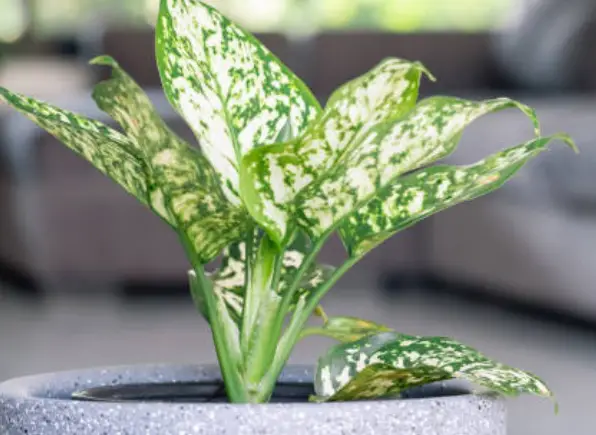
Aglaonema Species
For a lush, tropical flair in your home, the Chinese evergreen is hard to beat. This plant’s large, ovate leaves come in a wide variety of colors and patterns, from solid green to mixes of greens, reds, pinks, and whites. Many cultivars like ‘Silver Queen’ have eye-catching variegated foliage. Chinese evergreens make excellent tabletop, floor, or hanging basket plants, depending on the variety. They prefer low to medium, indirect light and appreciate consistent moisture, though their thick, fleshy leaves allow them to tolerate periods of dryness as well. With proper care, these plants can grow several feet tall indoors.
5. Peace Lily
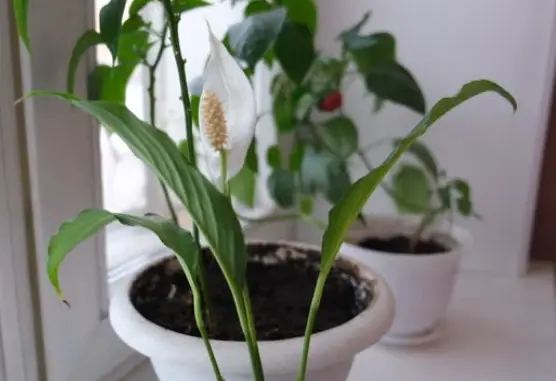
Spathiphyllum Species
No list of popular house plants would be complete without mentioning the ever-elegant peace lily. This flowering plant produces glossy green leaves and unique white spathes (modified leaves) that resemble flowers and last for several weeks. Unlike many indoor plants that originate from dry, arid regions, peace lilies are native to the tropics and prefer steadily moist soil, but be careful not to overwater. While they can handle lower light, peace lilies bloom best in medium, indirect light. These plants work exceptionally well in bathrooms, kitchens, or anywhere else you want to add a touch of tranquil beauty.
6. Philodendron Species
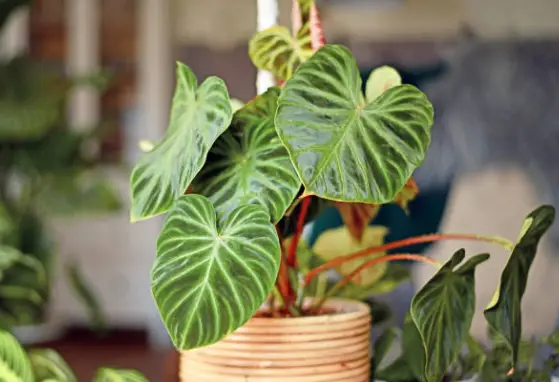
From the climbing, vining varieties to the compact, self-heading types, philodendrons encompass a vast group of popular indoor plants with wildly different forms. Some of the most common are the heart-leaf philodendron with its large, arrowhead-shaped leaves and trailing habit, along with self-heading types like the birkin philodendron with eye-catching, rippled foliage. Philodendrons are known for being relatively easy to care for as long as you provide them with bright, indirect light and allow the soil to dry out between waterings. Many species can also help remove toxins like formaldehyde from indoor air.
7. Spider Plant (Chlorophytum comosum)
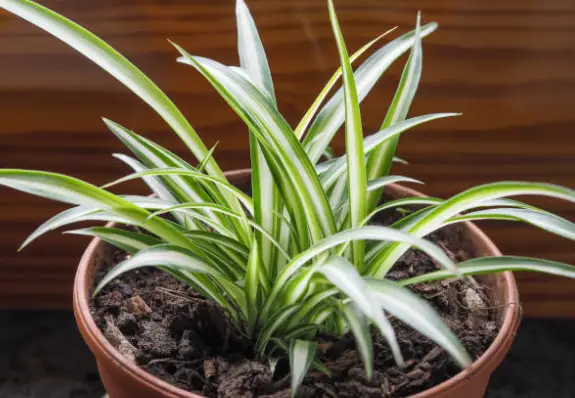
Chlorophytum comosum
Sometimes referred to as an “air plant”, the spider plant is one of the most recognizable indoor plants around. Its grassy, arching leaves and sprouting “spiderettes,” or plantlets, give it a distinct, whimsical look that complements many styles of décor. Spider plants are incredibly resilient and can tolerate a range of lighting conditions and some dryness, though they perform best in bright, indirect light with regular watering. Beyond their ornamental appeal, spider plants also help filter out pollutants and release oxygen, making them a healthful addition to living spaces.
Snake plant, pothos, ZZ plant, Chinese evergreen, peace lily, philodendron, and spider plant—these seven varieties encompass some of the most popular, trendy house plants that are equally beloved by indoor gardeners and design aficionados alike. From the effortlessly low-maintenance to the elegantly ornamental, there’s truly a perfect plant to suit any home, lifestyle, and personal preference.
When selecting your new indoor plant, be sure to carefully consider the plant’s light, water, and humidity requirements to ensure its long-term health and vigor. With just a little bit of research and TLC, your new botanical friend will reward you with lush, verdant beauty for many years to come.
Part 2: Plant Care
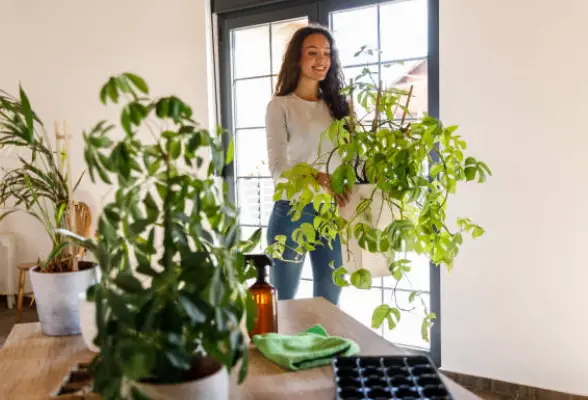
Now that we’ve covered some of the most popular house plant varieties, let’s discuss some general tips for keeping your indoor plants happy, healthy, and thriving.
Lighting
Lighting is one of the most critical factors to consider for indoor plants, as most species originate from environments with abundant natural light and heat. However, different plants have varying light requirements, so you’ll need to pay close attention to these needs.
For plants that need high light levels, position them within a few feet of an unobstructed south- or west-facing window. Medium-light plants can tolerate a bit more distance from a window or an east-facing exposure. Low-light-tolerant varieties can survive in darker spaces away from direct light.
You’ll know if a plant isn’t receiving enough light if its new growth becomes stunted or stretched out with long stems as it tries to grow towards the light. Yellowing leaves and leaf drops are other signs of insufficient lighting. Conversely, dry, crispy brown leaf tips or edges indicate too much direct sun exposure.
If natural light is limited in your home, you may need to supplement with artificial grow lights to meet your plants’ lighting requirements.
Watering
Proper watering is essential for keeping plants healthy, but there’s no one-size-fits-all approach. Different species have unique moisture needs based on their native environments and growth habits.
In general, most tropical plants like higher humidity and prefer their soil to be consistently moist, while drought-tolerant succulents and desert plants need to dry out more between waterings. Always check your plant’s soil by sticking your finger into the potting mix; it should be dry an inch or two down before you water again.
Plant leaves can also provide clues about watering needs. Drooping, wilting leaves often mean the plant is thirsty, while yellow leaves usually signify overwatering. Adjust your watering schedule accordingly, based on these signals.
When watering indoor plants, it’s best to apply water until it runs freely from the drainage holes, then discard any excess in the saucer or cachepot. Never allow plants to sit in standing water, as this can cause root rot.
Another important note: water quality matters. Most plants prefer room-temperature rainwater, distilled water, or filtered tap water rather than straight tap water to prevent mineral or chemical buildup. If using tap water, let it sit overnight so chlorine and other gases can dissipate.
Soil
Using a high-quality, porous potting mix formulated for indoor plants can make a world of difference. These mixes allow oxygen to reach the roots while providing adequate drainage to prevent oversaturation. Most contain a combination of organic materials like peat moss, bark, perlite, and sometimes fertilizer.
Over time, potting soils can become compacted and lose their drainage abilities. Refresh the potting mix annually by gently brushing away some of the surface soil and top-dressing with fresh potting medium. Every 2-3 years, plants will need to be repotted into fresh potting mix to reinvigorate growth.
Fertilizer
When potting up indoor plants, the initial potting mix provides nutrients to get them off to a good start. However, plants grown in containers will eventually deplete the soil of these essential elements required for growth and vigor. To replenish the potting mix, feed your indoor plants with a balanced liquid fertilizer every 2-4 weeks during the active growing season (spring through fall).
Look for a fertilizer formulated specifically for indoor plants. These are less concentrated than outdoor fertilizers to prevent nutrient burn. Many varieties come as a concentrated liquid that gets diluted with water before application. Follow the product’s instructions carefully, as over-fertilizing can lead to plant damage.
You can also use controlled-release fertilizer granules that provide a slow, steady supply of nutrients over several months. These simply get mixed into the potting soil at potting time or as a top-dressing for established plants.
Signs that your plant needs fertilizer include stunted growth, the yellowing of older leaves, or a failure to bloom. With consistent, balanced fertilization, indoor plants will maintain their lush, vibrant appearance.
Grooming
While many indoor plants are self-cleaning to some extent, occasional grooming helps keep them looking their best. Use a soft brush or cloth to gently wipe away any dust that accumulates on leaves, as this can inhibit photosynthesis. Prune off any discolored, dead, or damaged leaves or stems as needed.
For plants with trailing or vining habits, periodically prune back excessive growth to keep them tidy and prevent them from outgrowing their space. Provide support stakes, trellises, or hanging baskets so plants can be neatly trained into the desired shape.
Rotate potted houseplants regularly to encourage even, upright growth; plants will naturally lean towards their light source over time if not turned. Rotating also helps prevent lopsided growth on the “front” side while the back remains sparse.
Lastly, be vigilant about inspecting plants for any signs of insect pests like spider mites, aphids, mealybugs, fungus gnats, and more. These can spread rapidly between plants and are much easier to control when caught early. Many products are available to treat and prevent pest infestations on indoor plants.
With the proper lighting, watering, soil, fertilization, and basic grooming, your indoor plants will stay lush and healthy for years to come. Don’t hesitate to consult your local nursery or indoor gardening resources if you have any other specific care questions. Happy planting!

